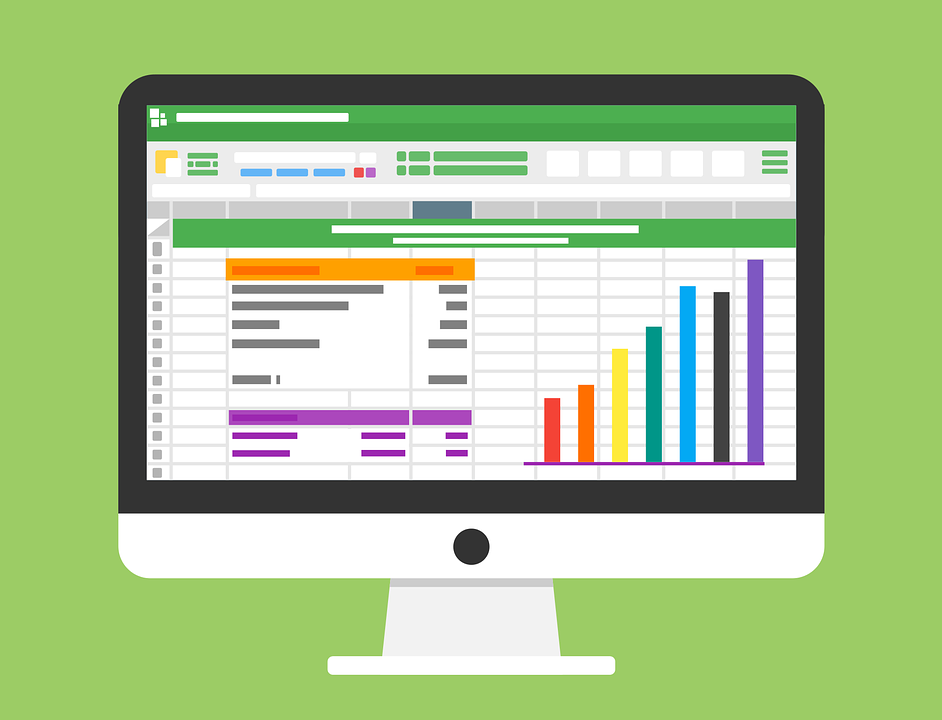In some cases, employers may use the term “Data Analyst” to refer to an entry-level data scientist. Thus, a data analyst may be expected to take on the role of a data scientist, but at a junior level. In essence, theirs is a more technical role. They make discoveries from huge datasets, bringing structure to formless data and making analysis possible. They can find, manipulate and join data sources with other sources and clean the resulting dataset.
The work of a data analyst isn’t bound by industry. Analyzing data demands pretty much the same process everywhere, regardless of the nature of the data being used. You ask a question, do your research, get the relevant data, and explore it. Then from there you come up with a hypothesis on that data, start modeling, validating and drawing conclusions from it. Lastly, you reach the reporting stage where you visualize, summarize, and interpret that data.
Working With BigData IRL
During that investigative process, data analysts use a variety of tools at every stage in the process. From Tabula, Excel to Adobe Illustrator, a data analyst’s desktop tools can cover a wide spectrum. But you’ll find that one of the most notable obstacles in the industry involves large-scale projects with datasets that need more complex tools. You need a backend specialist to work with them.
With frameworks like Hadoop, for instance, that work with large amounts of data, you’d have to have access to it and know what you’re doing to get real value from it. And although you can integrate such technology with your company, again, it’s a solution that requires programming knowledge or a skilled professional. The learning curve for such solutions is too steep, and this is a common issue professionals are currently trying to cope with.
This is where those who aren’t formally trained or schooled in programming and data mining are trying to keep up. More and more, a wide range of professionals are falling into the position of a data analyst who doesn’t understand coding very well. Because big data is flourishing at an unprecedented rate, non-data scientists need to find or fashion their own personal toolset they can use on their own.
This occurs even at a general user level. For example, journalists from digital news and media publications right now are struggling to work with the PDF datasets they need to complete their stories, most of whom don’t work with highly technical tools. They deal with the task of requesting a number of documents of information from governments or local agencies that are scanned into PDF documents, which they then have to extract and analyze before integrating it into the articles they publish. Journalists who don’t possess a technical skillset need easy-to-use tools without having to rely on a data team when meeting a deadline.
This is just one example, but from business to accounting, the same issue is occurring across the board in one form or another. So where does this leave the non-data scientist?
A Makeshift Or Ideal Solution?
One solution is to turn to advanced and intuitive desktop tools for analyzing big data sets. For instance, data analysts can use Microsoft Excel for the most basic features to clean data in pivot tables or by column. Also, PDF conversion tools are being improved so that users can customize the data extraction process to simplify the data analysis in Excel.
Bonus Tip: Try extracting data trapped in PDF into Excel spreadsheets with Able2Extract PDF Converter.
Microsoft is further addressing the issue with PowerBI and Access, making powerful database and information manipulation features more accessible with a lower learning curve. OpenRefine is also an accessible tool that journalists are using to clean their data on the spot. And visualization tools like Tableau are bringing graphical design tasks down to a more user-friendly and intuitive level. And this is where the budding data analyst stands right now.
Conclusion
The demand for data science skills and learning is outpacing the supply causing the online education market (MOOCs, tutorial packages, and DIY sources) booming. As the trending demand for such skills unfolds, we have yet to see how fast that gap will close. In the meantime, if you’re looking for ways to work with your data in Excel, you can find Excel tips for data analysts you can use at each stage of the process on the Investintech blog.






